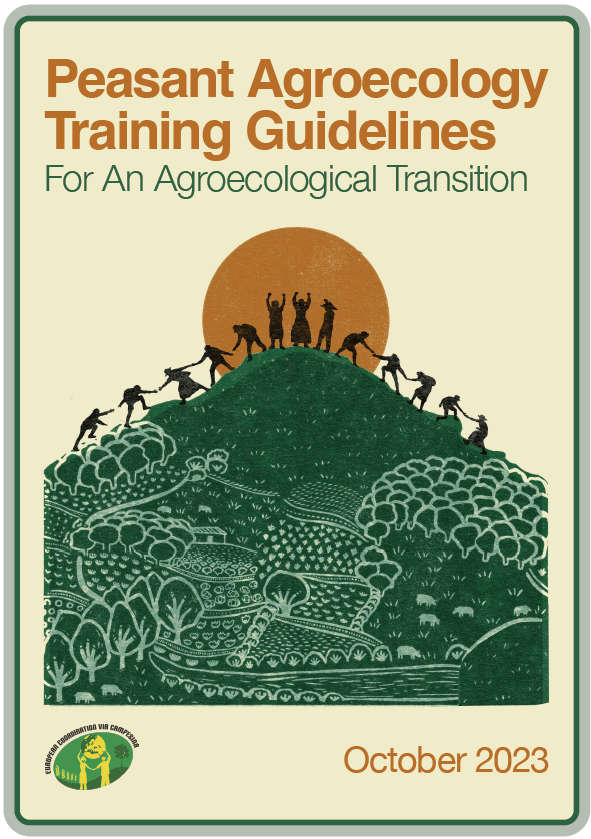Menu


In the 90’s the French farmers of the “Confederation paysanne” decided to work on a
definition of an agriculture which could give an orientation to agricultural policies
and to farmers to enable numerous farmers around the world to make a decent living
from a sustainable agriculture that would keep the countryside alive.
Together with academic researchers and based on their practices, they produced in
1998 a Charter with 10 principles and 6 main lines detailed in 84 indicators for a
farm diagnosis.
 Picture by LWA
Picture by LWA
For more information:
The French Network of Peasant Agriculture (FADEAR): contact@fadear.org
Learn more (in French) on the website: www.agriculturepaysanne.org
Read some abstracts of the Peasant Agriculture’s Guide that explains the Charter and
each indicator of the Diagnosis: http://issuu.com/fadear/docs/manuelap_extraits
Nature is the main wealth of farmers
It is essential to work with it and not against it
· To maintain long term soil fertility
· To favour local biodiversity and the variety of the production
· To preserve natural resources and share them fairly
To develop the autonomy of the farm
· To keep control over decision making processes
· To limit seed and animal feed purchases. To favour producing them yourself
and thus value the local resources
· To limit dependence on fossil fuels
· To control debt and dependence on aid
 Picture by LWA
Picture by LWA
To allow farmers to transfer their farms to the following generation
· To limit the growth of the farm and investments that could be too heavy for its
take-over
· To secure availability of land
· To include work time in calculating production costs to work out profitability
and not discourage future desires to take over
· To make the farm an agreeable environment and sign up to local solidarity
networks.
The farmer is a key player in the community
· To enter a farmers’ organisation for sharing resources locally
· To open the farm to the public regularly
· To take an active part in civic life
To distribute fairly the quantities of produce.
· To manage to make sufficient earnings from an area with suitably
proportioned agricultural buildings to allow other farmers to operate.
· To improve the value of produce
· To increase the profit margin per unit of produce by reducing input.
To develop the quality and taste of agricultural produce
· To produce with transparency for the consumer
· To respect natural cycles and animal welfare
· To appreciate our own production in order to sell it better
· To choose a label that suits our produce best